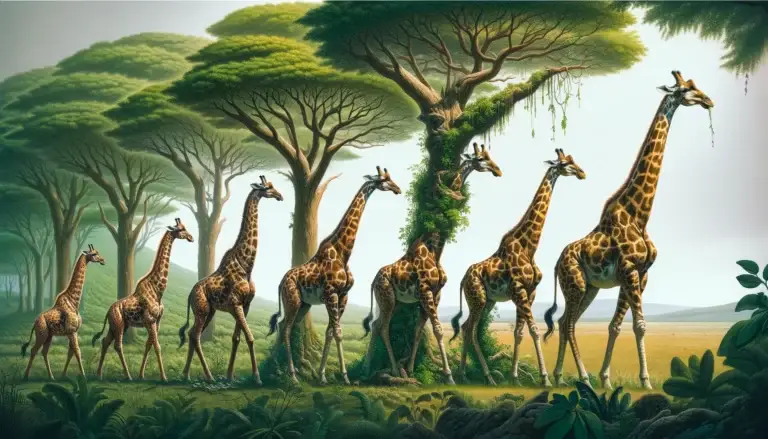Adaptation

Table of Contents
What is Adaptation
Adaptation refers to the process by which living organisms undergo changes in response to their environment over time, resulting in traits that improve their chances of survival and reproduction.
They are traits or behaviors that enhance an organism’s fitness (its ability to survive and reproduce) in a specific environment. This process is a fundamental aspect of evolution and natural selection.
Key Points About Adaptation
Evolutionary Process
Adaptation is an evolutionary process that occurs over generations. Individuals with beneficial traits are more likely to survive and reproduce, passing those traits on to their offspring.
Natural Selection
Natural selection is the mechanism that drives adaptation. Over time, traits that increase an organism’s chances of survival and reproduction become more common in a population.
Functional Traits
Adaptations are functional traits that serve a purpose in an organism’s environment. They can involve structural features, physiological processes, or behavioral strategies.
Environmental Influence
Adaptations are specific to the environmental challenges and opportunities faced by an organism. Different environments may favor different changes.
Genetic Basis
Adaptations often have a genetic basis, meaning they are inherited from generation to generation. Genetic variations that confer advantages in a particular environment become more prevalent through natural selection.
Examples of Adaptations
- Structural: Physical features that enhance an organism’s survival, such as the thick fur of Arctic animals or the camouflage of certain insects.
- Physiological: Internal processes that improve an organism’s ability to function, like the ability of some bacteria to thrive in extreme temperatures.
- Behavioral: Actions or behaviors that increase an organism’s chances of survival, such as migration patterns or mating rituals.
Adaptation to Changing Environments
- Organisms can adapt to changing environments over time.
- Rapid environmental changes or new challenges may lead to the development of new adaptations.
Related Links
Abiotic Factors Overview
Genetic Variation Overview
What is Evolution?
What is Natural Selection?